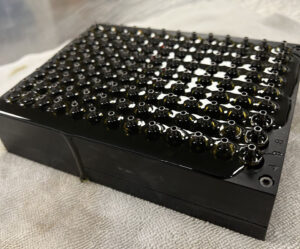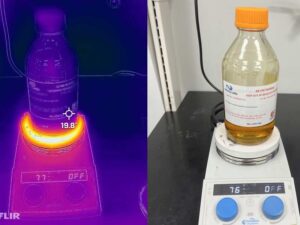Relevance Today and for the Company:
Global Knowledge Utilization: Leverages global lab insights to prevent errors, hazards, and ensure quality product outputs.
Encourages Collaboration: Promotes ownership and collaboration across teams.
High Standards: Establishes and maintains high-quality standards.
Consistency: Documented processes ensure consistent, high-quality products through standardized tools like data, standards, procedures, and engaged employees.
Quality Audits: Ensures adherence to standards through systematic quality audits.
Quality Control:
Consistent Product Verification: Ensures each product meets uniform standards, bolstering customer satisfaction.
Safety Focus: Prioritizes safe working environments, production methods, and continuous improvement in QMS-led environments.
Effectiveness:
Process Improvement: Swift identification and improvement of processes using detailed SOPs.
Training Facilitation: Facilitates quick training for new hires, reducing reliance on tribal knowledge.
Documentation:
Tribal Knowledge Management: Transforms tacit knowledge into documented procedures, crucial during personnel changes.
Process Improvement Tracking: Tracks improvement using current business strategies, enhancing operational efficiency and compliance.
Records:
Deviations and Corrections: Document deviations and corrections to improve processes and product quality.
Traceability: Tracks product history to manage recalls and ensure compliance with industry standards.
Lot Numbers and Batching:
Lot Identification: Assigns unique identifiers to ingredients and materials throughout manufacturing.
Sampling: Regular sampling ensures adherence to QC standards across production phases.
Building and Facilities:
Safety Standards: Ensures safe environments with adequate size, lighting, ventilation, and adherence to safety protocols.
Equipment Maintenance: Regular cleaning, maintenance, and calibration ensure equipment reliability and accuracy.
Personnel:
Education and Training: Regular training ensures staff competency and compliance with regulatory requirements.
Personal Protective Equipment (PPE): Specifies PPE requirements to safeguard against lab hazards.
Visitors and Water Quality:
Visitor Management: Manages visitor access to safeguard against hazardous materials.
Water Quality: Ensures water purity through regular testing and compliance with pharmacopeial standards.
Production:
Uniformity: Enhances product quality and efficiency through standardized processes.
Approval Processes: Validates product and process quality, essential for compliance and customer satisfaction.





